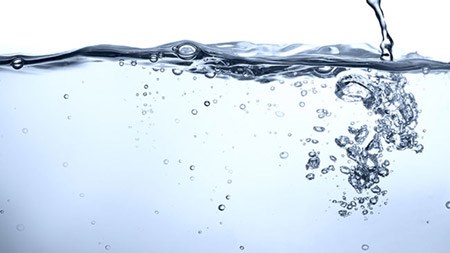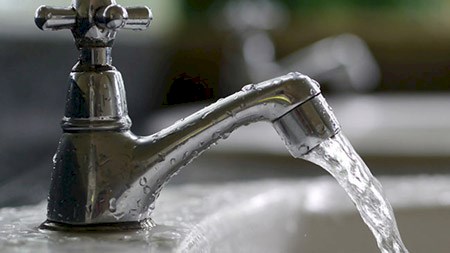According to Eskom, South Africa’s residential sector consumes approximately 17.5 percent of the total electricity generated. This increases to over 30 percent at peak periods. Geysers have been identified as being the biggest energy guzzlers in the home which is why Eskom is going all out to educate the public on their usage and is encouraging residents to take advantage of their solar water heater rebate programme.
As part of their latest campaign, Eskom outlined the following myths and facts pertaining to geysers.
• Myth: Switching off the geyser does not have a significant impact on overall electricity demand.
• Fact: Not so If all the geysers in the country are switched off at the same time, specifically during peak periods which occur between 7am and 10am and 6pm and 9pm, the risk of load shedding will be greatly reduced.
• Myth: More electricity is used if a geyser is switched on and off as opposed to leaving it on permanently.
• Fact: According to Kwikot’s Technical Director Herman Weber, switching a geyser on and off definitely does not use more electricity. “When a 150 litre geyser is switched off, it stores its water at the thermostat set point and the water temperature decreases by approximately 10º C over 24 hours. This so-called ‘standing loss’ is a quality standard set by the SABS. If the water is then used at this lower temperature, a small electricity saving is achieved. If the geyser is switched back on, electricity will be used to heat the water to its original temperature. No saving will be achieved but the geyser will also not use more electricity than if it was not switched off at all.” Harold Burgess, MD of Franke Water Heating Systems concurs and adds that users must switch off their geysers when away on holiday.
• Myth: Switching a geyser on and off damages the thermostat.
• Fact: “No damage will occur if the geyser is switched on and off,” explains Weber.
“The thermostat, by nature of its operation, switches on and off all the time.”
• Myth: Switching geysers on and off will cause the geyser to crack.
• Fact: “Not true,” says Burgess. “The thermal range during normal operation is much greater than the slow cooling off of a geyser that is simply switched off.”
• Myth: If you use a geyser blanket, the geyser doesn’t need to be switched off.
• Fact: Eskom’s Andrew Etzinger says that geyser blankets and pipe insulation significantly contribute towards savings but geysers should still be switched off due to general system demand. Tests have shown that geyser blankets save 20 percent of the 2,59kWh of electricity required to reheat the water in a geyser that’s been off for 24 hours. A geyser blanket and pipe insulation will save the average household between R180 and R250 annually.
• Myth: Geyser blankets can overheat, explode or catch fire.
• Fact: Provided the correct materials are used for the blanket, there should be no risk of fire or explosion. Geyser blankets simply reduce heat loss to the atmosphere while the thermostat controls the water temperature.
• Myth: Using a timer on your geyser is a more efficient way of managing electricity demand.
• Fact: “Not so,” explains Burgess. “Whether you opt for a timer or do it manually the impact is precisely the same.”


